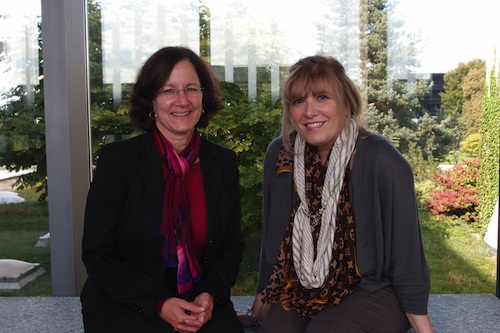Linda Tacconi
Max-Planck-Institut für Extraterrestrische Physik, Garching, Germany

Date
9 September 2012
Host
Marcella Carollo
Title
Gas Dynamics, Galaxy Assembly and Star Formation
Abstract
Our understanding of the formation and evolution of galaxies has improved dramatically over the past decade. We now have a robust outline of the global evolution of galaxies since as early as 1 - 2 billion years after the Big Bang right up to the present epoch. However, we have yet to understand how exactly galaxies assembled their mass and evolved with time. The major limitation is our incomplete knowledge of the relevant mechanisms that control the phase, angular momentum, cooling, and dynamics of the baryonic matter. I will discuss progress on many of these issues through the study of the kinematics, star formation and cold gas properties of massive star forming galaxies (SFGs) with spatially resolved spectroscopy. Using the IRAM Plateau de Bure millimeter interferometer we are mapping the CO J=3-2 line emission in ~60 SFGs and find that they are very gas rich. With the adaptive optics assisted, integral field spectrometer SINFONI on the ESO VLT we have studied well over 100 SFGs and find compelling evidence for large, turbulent rotating disk galaxies in over half of the objects. It appears plausible that these SFGs develop from continuous, rapid accretion of gas from their dark matter halos, and that their evolution is strongly influenced by internal, secular evolution. I will discuss the first scaling relations for massive SFGS that we derive from these data, and the impact of all of these new observations on our understanding of galaxy evolution in the early Universe.
